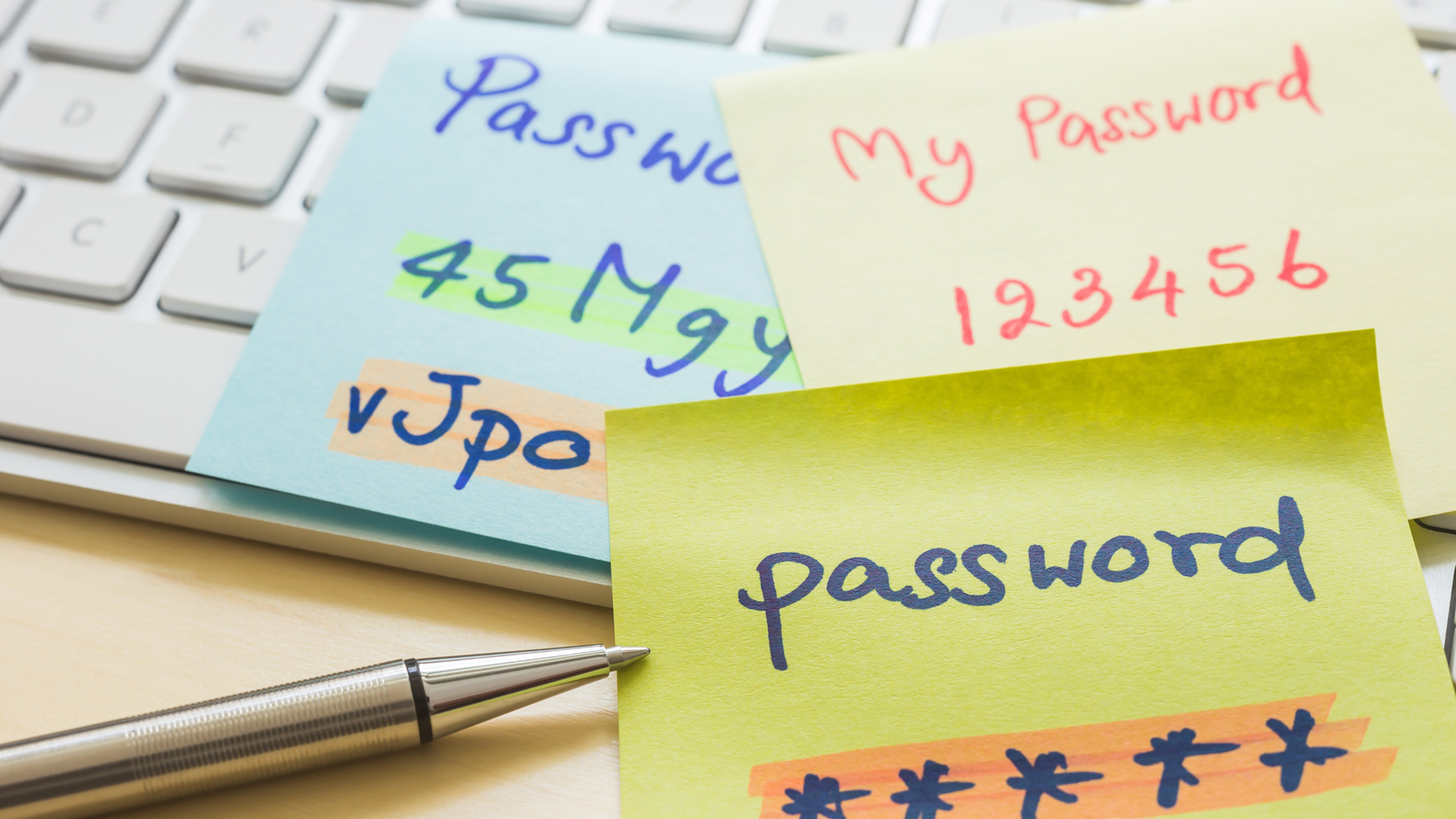Five essential features of password managers
Top-quality password managers are more critical than ever for businesses, and these five features are non-negotiable


With more and more business conducted online, the best password managers are becoming increasingly important, alongside effective password and credential administration. Making sure that you choose a password manager that offers most or all of these will help make your business more resilient to cybercrime.
Cybercrime continues to pose significant risks to businesses, whether via widespread hacking or targeted attacks. As such, for companies in particular, investing in the best password managers for business is a sensible move to make. But how do you go about choosing from the top password managers?
We've outlined below five essential features that you need to look for when choosing a password manager. In our opinion, these key elements are the difference between a merely good service and a great platform.
1. End-to-end encryption

The most important feature to look for in password managers is advanced encryption. It is a must-have. Password managers are ultimately about data security, and without end-to-end encryption, your data simply won’t be adequately secure.
End-to-end encryption ensures your data is indecipherable, both in-transit and at-rest. For the platform to decrypt the data, a unique authentication key must be provided. With end-to-end encryption, the only person who has this authentication key is the user.
What this means is that even your provider cannot access your passwords. All the platform does is store your encrypted and indecipherable data. So if the provider is hacked, your passwords will still be safe.
End-to-end encryption is also sometimes called zero-knowledge architecture, as it enables a provider to encrypt and store customer data at the highest levels of security, but with zero-knowledge about the data they are storing. If you’re looking for the most secure way to store your organisation's passwords and credentials, then end-to-end encryption is the first thing you should look for.
Get the ITPro daily newsletter
Sign up today and you will receive a free copy of our Future Focus 2025 report - the leading guidance on AI, cybersecurity and other IT challenges as per 700+ senior executives
2. Multi-factor authentication (MFA)
While we’re on the topic of security, let’s discuss MFA. MFA requires users to log in using both their password and a secondary method of authentication. This ensures that even if a user’s master password is compromised, their account is likely to remain secure.
The secondary authentication method may be a one-time password or a unique code generated on an authentication app. These secondary methods are usually tied to a user’s personal device, such as their mobile phone or their personal email address. This ensures that a user must have access to their device or email address in addition to the master password to access their account.
MFA is one of the easiest ways to improve your account’s security, because user login is one of the most significant points of vulnerability across all password managers. A provider can use the most advanced encryption and security protocols in the world, but if the user’s master password is compromised, and they have no MFA protocols in place, then it’s all for nothing, and their data can be compromised.
We strongly recommend choosing a password manager with MFA capabilities.
3. Password sharing

Password sharing is an essential feature in an enterprise password management solution. Password sharing enables users to share passwords and credentials over secure channels and minimises the security risks associated with sending passwords over email, SMS, or messenger applications.
The best password managers will provide password sharing as an in-built feature, making it easy to share passwords and other relevant information from directly within the application.
Some providers will even feature zero-knowledge password sharing, enabling users to share passwords in an encrypted form. So if an employee requires one-time access to a digital service, but you don’t want them to see the unencrypted password, then you can provide them with an encrypted password. This enables them to access the platform, but not to know the password. Password sharing is an essential feature for medium and large-sized organisations.
4. Password generators
There’s little benefit in using a password manager if you still create weak and easily hackable passwords. Strong passwords should be long, and they should be complex (using a variety of letters, numbers, and special characters). However, creating unbreakable passwords can be time-consuming and tedious.
Fortunately, most password managers provide in-built password generators. Users can choose the length of the password, as well as the level of complexity. Generated passwords can then be saved into the application for later use or copied and pasted onto a web page.
If you’re using a web-extension, the provider will even suggest strong passwords when creating new accounts. This saves you the hassle of opening the app and generating a new password.
5. Role-based permissions

Our final essential password management feature is one that is a must-have for businesses: role-based permissions.
If your password management account contains every one of your organisation's passwords, this can become a security risk in and of itself. The last thing you want is every one of your employees to have access to every one of your passwords.
Fortunately, role-based permissions enable administrators to choose who has access to which passwords. When correctly set up, this feature ensures an employee can only access the passwords necessary to fulfil their role. This makes your organisation more secure. It reduces the number of people who can access each password, but it also makes the platform less cluttered and easier to use.
If you plan to incorporate a password management solution into your business, then role-based permissions is a non-negotiable feature.
Conclusion
The five features discussed above will make a password management solution more secure and easier to use in a business setting. If your organisation is considering investing in a password manager, we think these five features are the most important.
Don't stop here though: there are more factors to consider in terms of business password managers specifically, which match or exceed those outlined above.
Further reading on password managers
Test your password strength with a selection of free tools; and if you've happened to lose important passwords, use the best password recovery tools to try and save the day. If you're set on buying a password manager for your company, make sure to peruse the best password managers for business before you sign up.
Darcy is a freelance copywriter, and a candidate for the dual master's program between the Paris Institute of Political Studies (Sciences Po) in France and Peking University in Beijing, China. His academic and professional areas of interest include human rights and development, sustainable agriculture and agroecology, Pacific Islands diplomacy, and Sino-Australian relations.
-
 Cleo attack victim list grows as Hertz confirms customer data stolen
Cleo attack victim list grows as Hertz confirms customer data stolenNews Hertz has confirmed it suffered a data breach as a result of the Cleo zero-day vulnerability in late 2024, with the car rental giant warning that customer data was stolen.
By Ross Kelly
-
 Lateral moves in tech: Why leaders should support employee mobility
Lateral moves in tech: Why leaders should support employee mobilityIn-depth Encouraging staff to switch roles can have long-term benefits for skills in the tech sector
By Keri Allan